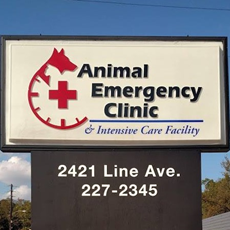
Caring For Your Older Pet
In the early stages, some of your senior pet’s problems may not be obvious and the gradual onset of health problems, in an apparently healthy pet, often goes unnoticed. Diagnostic tests such as a complete blood panel, complete blood count, thyroid levels, urinalysis, thoracic and abdominal radiographs or ultrasound are important means to evaluate your pet’s health
Signs of possible problems:
- Just not acting right
- Difficulty climbing stairs or jumping up
- Change in sleep patterns
- Increased stiffness or limping
- Weight change (gain or loss)
- Discoloration/tartar on teeth
- Bad breath/red or swollen gums
- Change in hair coat or skin
- New lumps or bumps or itching
- Vocalization
- Increased thirst
- Increased urination
- Loss of housetraining
- Less interaction with family
- Coughing
- Tires easily
- Confusion or disorientation
- Behavior changes – aggression, fear, or shyness
NOTE! Cats hide symptoms and pain much more than dogs. So keep a close watch for changes in your aging cat. If your pet exhibits any of these conditions please discuss them with your veterinarian






